The Macan EV will be delivered by the end of December, with gasoline versions sold alongside. Prices reach up to 5.86 billion VND, imported from Germany.
The Porsche Macan EV marks the second all-electric vehicle from the German automaker in Vietnam, following the Taycan. Currently, the 4 and Turbo versions are available, while the standard and 4S versions are expected to arrive in Vietnam by 2025.
Continuing Porsche’s electrification strategy, the Macan EV represents a leap towards the future. In European markets, gasoline variants have been discontinued. However, in regions like Vietnam, the gasoline-powered Macan, priced between 3.35 and 5.34 billion VND, remains available.
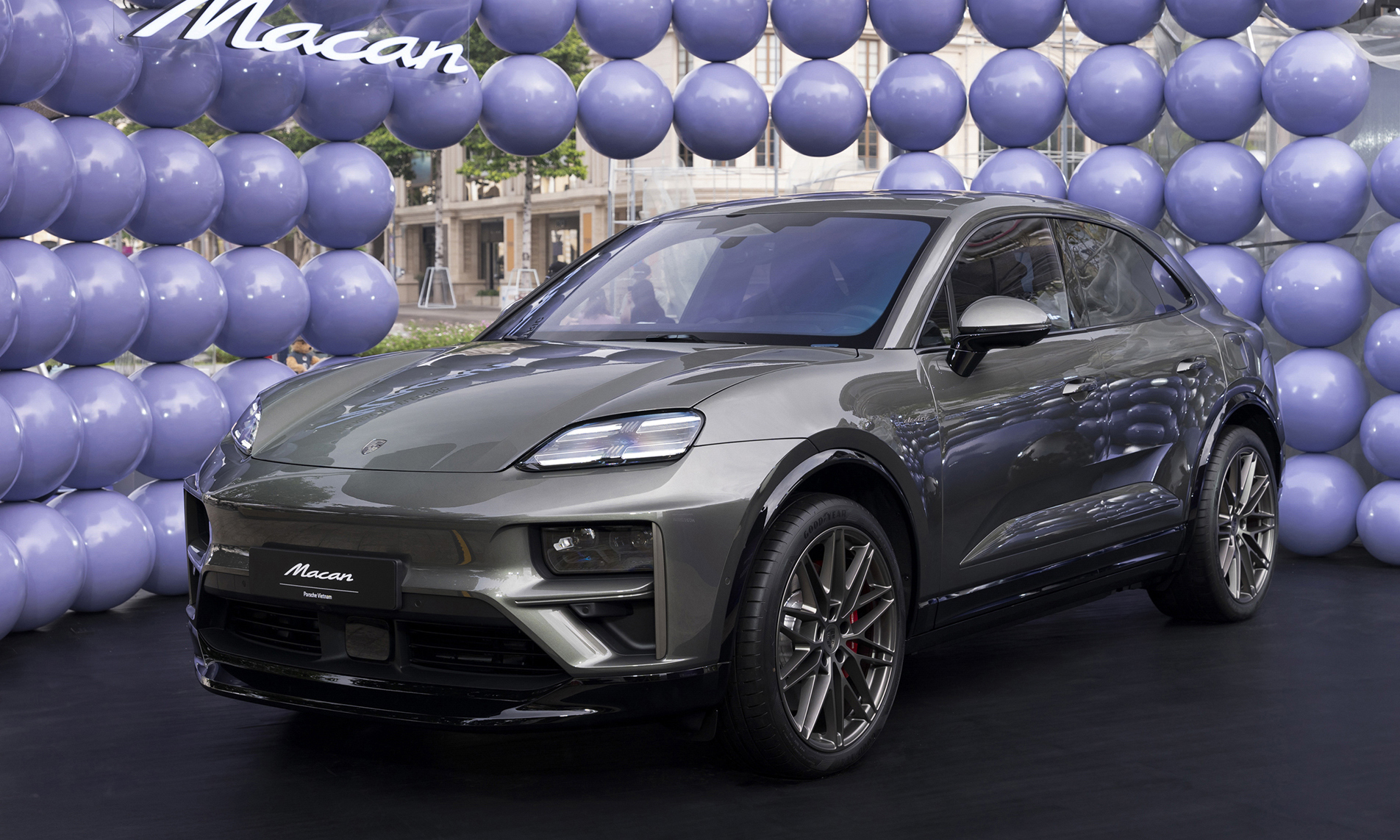
Macan EV on display at Nguyen Hue Walking Street, HCMC.
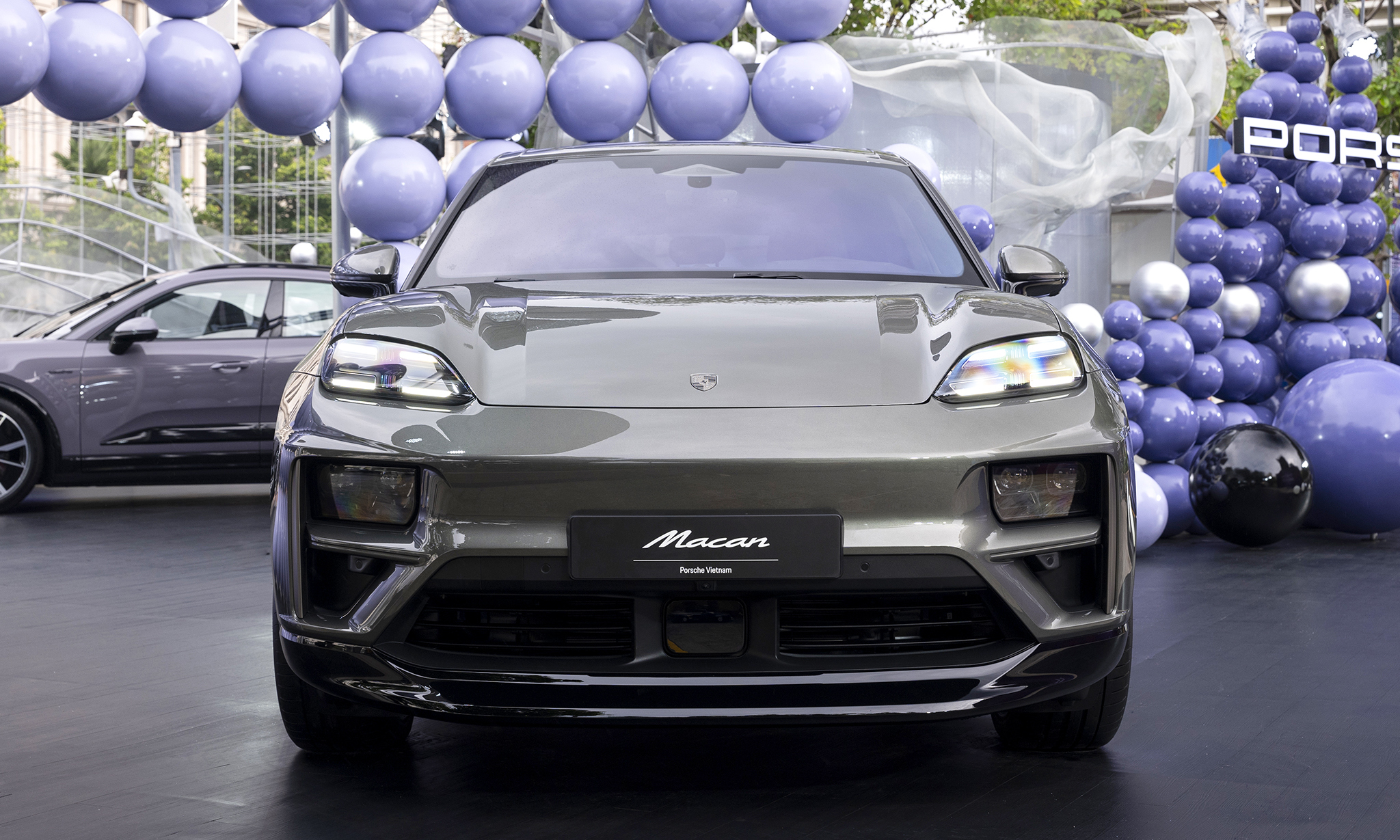
Distinct front design from gasoline version.
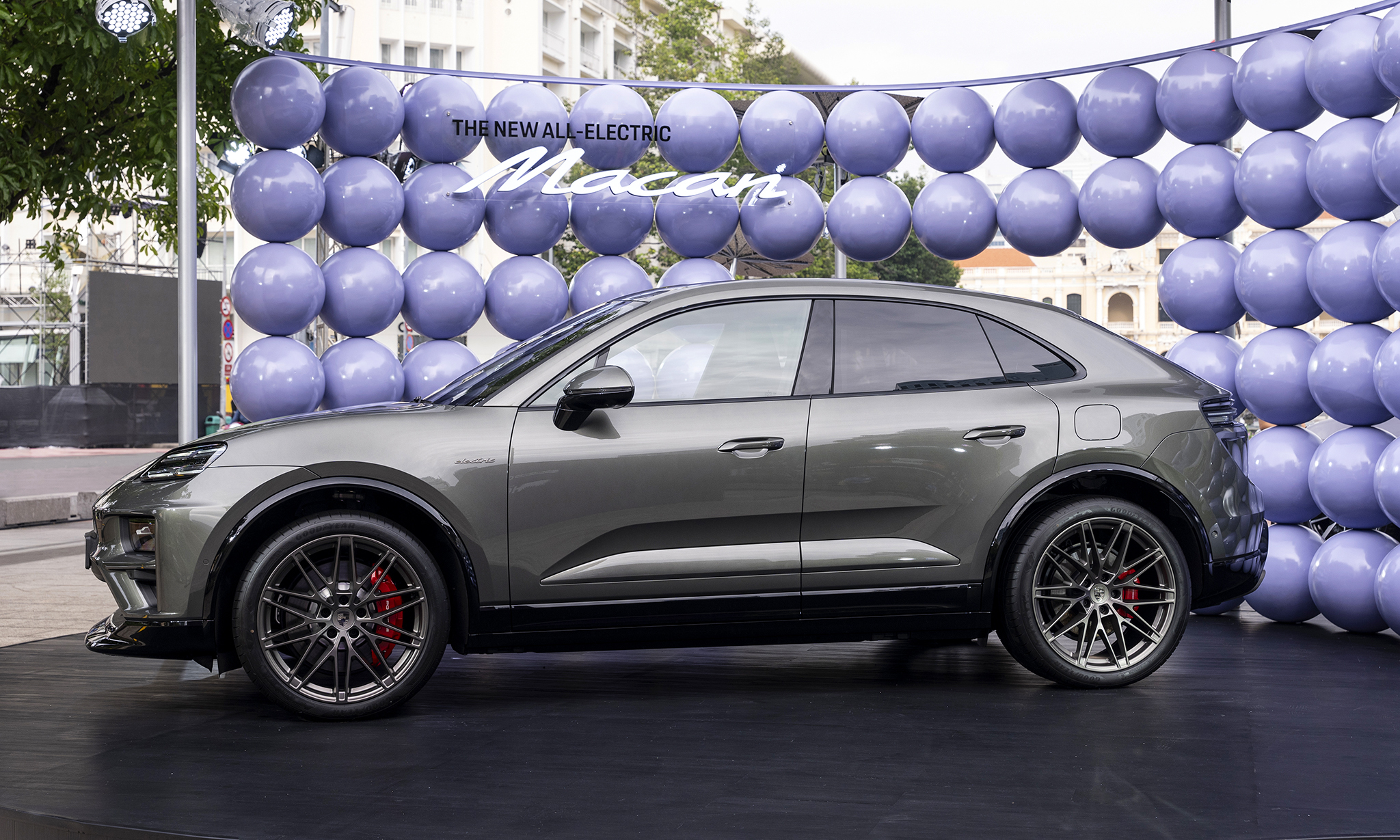
Coupe style.

LED taillights.

Range of about 500 km.

Under-hood storage space.

Purple version available in Vietnam.

Macan 4 cockpit.

Leather-wrapped three-spoke steering wheel.
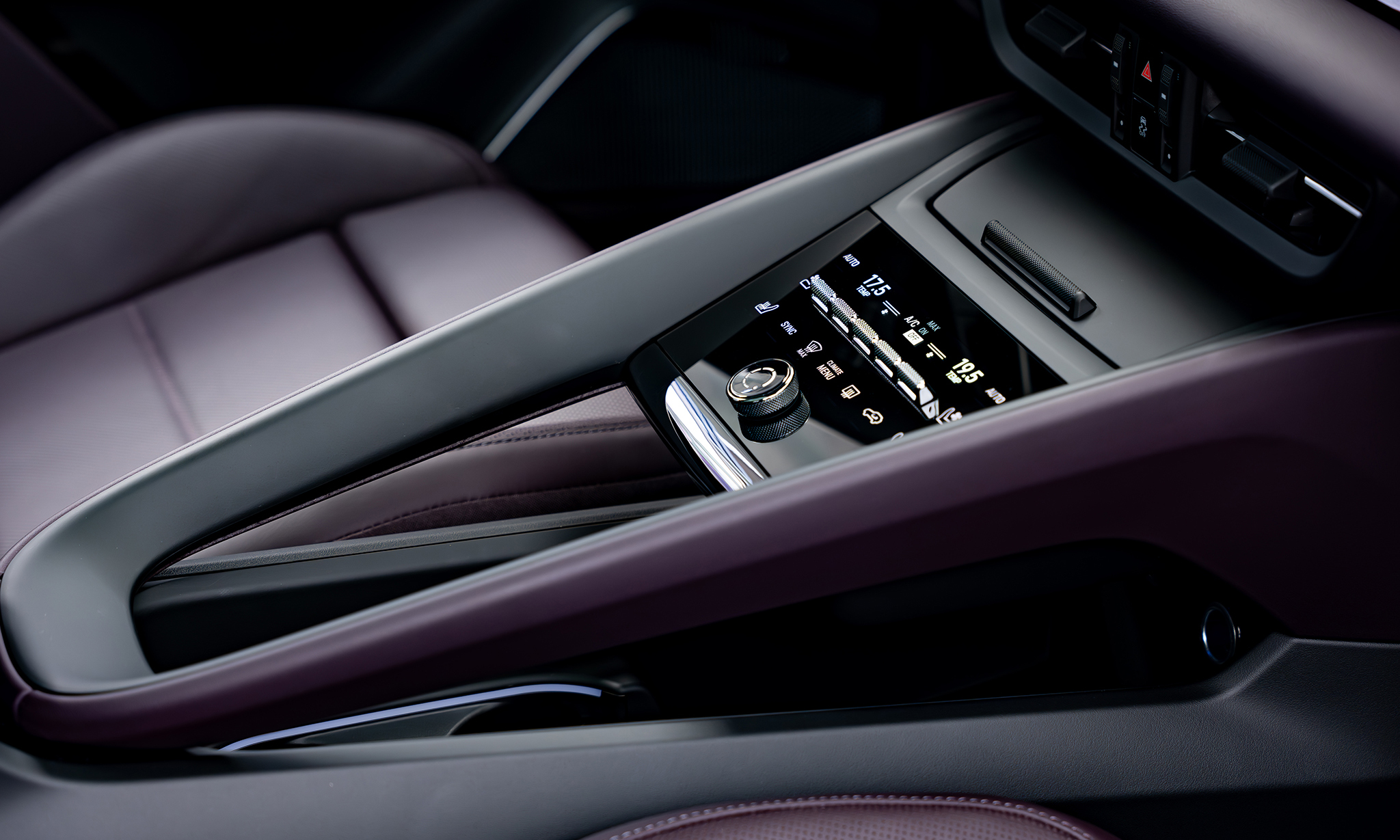
Center console.
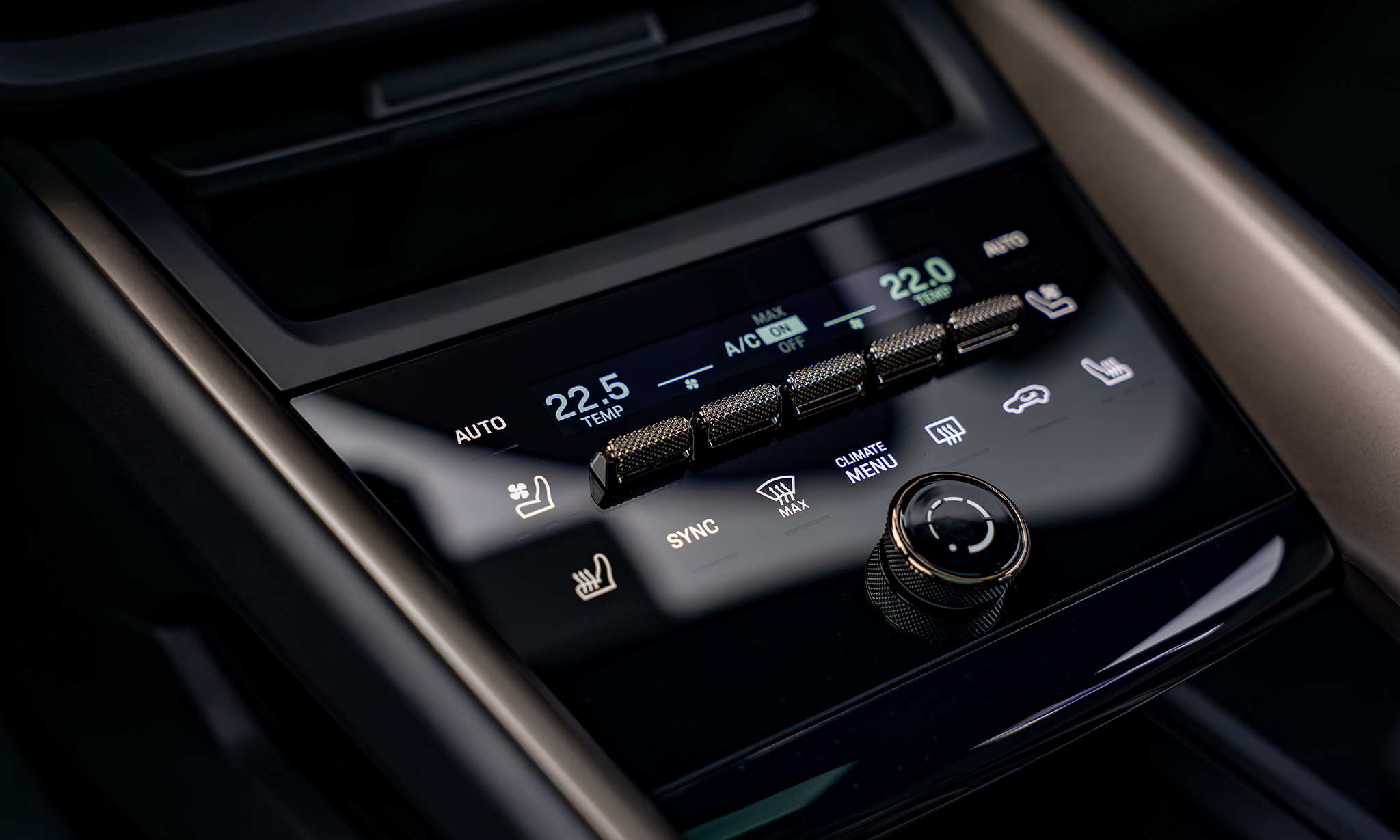
Combination of touch and mechanical controls.

Three screens in the cockpit.

Digital speedometer.

Macan 4 and Turbo versions available, delivery from late December.
Built on the Premium Platform Electric (PPE) architecture similar to the Audi Q6 e-tron, the Macan EV is 4,786 mm long, 58 mm longer than its gasoline counterpart. It is also wider and taller than the gasoline version.
The electric Macan’s design leans towards a coupe style, with a sloping roofline. Its aerodynamic coefficient is an impressive 0.25 Cd, aided by a flat underbody similar to race cars and adjustable spoilers.
The Macan EV’s exterior features a smoother front design compared to the gasoline version, with separate LED daytime running lights and headlights. The grille is more expansive, while the rear maintains the signature Porsche LED light strip.
With larger dimensions than the internal combustion engine version, the Macan EV offers a more spacious interior. Rear passengers enjoy additional legroom, and the luggage capacity increases by 124 liters. Additionally, the electric SUV provides 84 liters of front trunk space, a benefit of eliminating the internal combustion engine.
The standard Macan EV is rear-wheel drive, while other versions feature all-wheel drive with a motor on each axle. The battery pack is a 100 kWh 800 V unit, with cells designed by Porsche and produced by CATL in Germany.
The integrated battery management system allows for rapid charging at a maximum power of 270 kW. Under real-world conditions, rapid charging can boost the Macan EV’s battery from 10% to 80% in just 21 minutes. According to Porsche, the standard Macan has a mixed range of about 536-641 km under the WLTP standard. The Macan 4 achieves 516-613 km, while the Macan Turbo offers 518-591 km.
Emphasizing sporty driving, the Macan EV lacks a one-pedal driving mode and does not automatically stop at low speeds, relying on regenerative braking for deceleration.
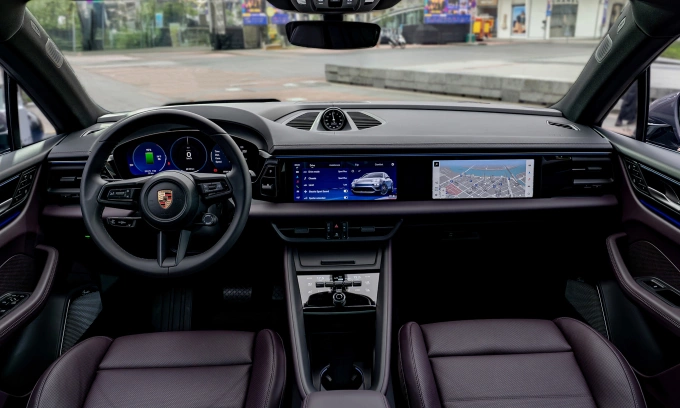
The Macan EV’s cockpit design is similar to the Taycan, featuring three screens on the dashboard. The central infotainment screen measures 10.9 inches, the driver’s display is 12.6 inches, and the front passenger screen is also 10.9 inches.
The driver’s display can include augmented reality (AR) technology, with visual guides appearing 10 meters ahead of the driver on an 87-inch virtual screen. The driver’s seat is 28 mm lower than in the gasoline version, providing a sportier driving position and enhancing driver engagement.
The standard Macan EV boasts 360 horsepower and 563 Nm of torque, accelerating from 0 to 100 km/h in 5.7 seconds, approximately 0.7 seconds faster than the gasoline version.
The Macan 4 version delivers 402 horsepower and 648 Nm of torque, reaching 100 km/h in 5.2 seconds, with a top speed of 219 km/h. Both the Macan 4 and Macan Turbo can switch to rear-wheel drive by sending all power to the rear wheels.
The Turbo version is the most powerful, offering 630 horsepower and 1,128 Nm of torque. It reaches a top speed of 259 km/h and accelerates from 0 to 100 km/h in just 3.3 seconds, outperforming the Porsche 911 GT3’s 502-horsepower engine.
Like the upgraded Cayenne and the newly launched Panamera in Vietnam, the Macan EV features rear-wheel steering, allowing the wheels to turn up to 5 degrees in either direction to enhance stability at high speeds or when cornering at low speeds. The higher-end Macan EV versions come standard with a new 2-valve, 2-chamber air suspension system.
According to Porsche, the Macan EV’s main competitor is the gasoline-powered Macan. In Vietnam, no other fully electric vehicle matches the Porsche Macan EV in terms of size, performance, or price. The Audi Q6 e-tron, built on the same platform, is not yet available in Vietnam. Maserati’s Grecale is slightly larger, but the electric version, the Folgore, is also not available locally.
Porsche Macan EV pricing is as follows:
| Version | Price (billion VND) |
| Standard | 3.48 |
| 4 | 3.63 |
| 4S | 4.23 |
| Turbo | 5.86 |